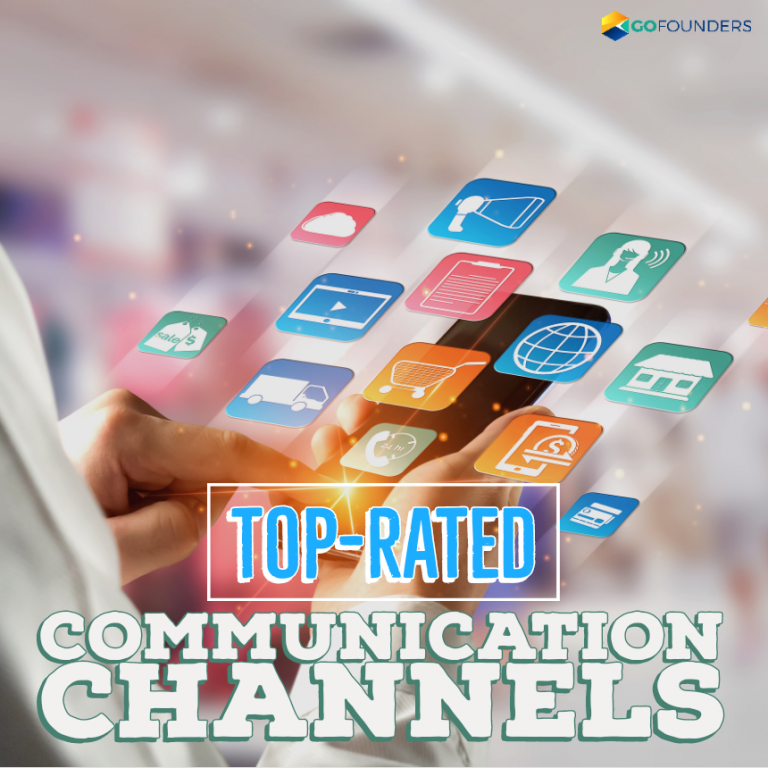
In any business, customer communication is imperative. It works as a point of contact that allows information exchanges between a company and its clients. So, making sure that your consumers have easy access to all the contact channels is essential.
Consumers are the heartbeat of any business, so it makes sense that they must also be the motivating factor behind any significant business decisions. Companies must offer multiple channels through which consumers can communicate with them, like phone, chat, text, social media, and email. These networks extend reassurance and comfort to the consumers with the knowledge of the business can meet them where and when they wish to talk.
Adding a new customer communication channel can look like a great business sense, whether acquiring a new section of customers or obtaining them from other channels. Sometimes, the customers themselves might be vocal about the requirement for new channels to be added to the network. But doing this in a customer-oriented approach takes much more than just taking a tech-first approach.
While considering adding a new communication channel, a company must carefully consider how, why, and when a group of customers uses a particular channel. What are the best customer communication channels? What kind of queries are frequently received, and during which stages of the consumer’s life cycle? If you’re growing and attempting to reach a new segment audience, what type of inquiries must you anticipate? These are a few questions to keep in mind while planning out your overall customer experience strategy.
Types of Customer communication channels:
Social Media
Social media is an excellent way to communicate with clients, as much as 42% of the world’s population uses social media. Social media works as an active channel for customer engagement keeping in mind the vast number of people that use them.
Several businesses utilize social media sites like Facebook and Twitter as their customer service tools. It enables them to respond promptly to queries and allow speedy damage control should an issue occur. With features like immediate assistance, direct messaging, conversations shift from public to private to concerned customers.
There’s no doubt that social media now has a customer engagement channel, particularly for younger generations. Often organizations utilize social media as a “loudspeaker” for broadcasting their marketing messages while ignoring the requirement for a “microphone” strategy to efficiently manage inquiries from consumers for whom social media is a preferred channel. That’s a pressing concern since not responding to an issue on social media reduces customer advocacy by 50%. To put it simply, if businesses wish to operate in today’s competitive conditions can’t afford to not be on social media.
Live Chat
Though text and email are beneficial, the chat is also advantageous as a communication tool. Similar to being on the phone, live chat offers instant support. It provides reassurance among the customers in knowing that they can receive assistance whenever they require it.
For businesses, chat or ticketing services can offer valuable benefits, like automation, to respond to common queries or concerns. It not only serves to nourish customer service relationships, but it also allows companies to interact with clients in an effective manner, which helps to encourage loyalty and customer retention via online communication.
Live chat is such an application hosted on a website that enables audiences to connect with live representatives on demand, getting solutions to their concerns instantly. But why is live chat so necessary to modern customer communication strategies? What sets live chat aside from other conventional support channels is the capability to engage consumers in real-time, ideal for those telephone-phobic consumers who require instant resolutions without calling.
Not only can live chat lessen your operating costs, but it also helps increase revenue. Live chat provides the latest insights into customer personas and browsing habits that enable businesses to deliver personalized communications at crucial stages of the customer life cycle. They can be there at the right place at the right time and help them buy inquire or solve problems.
Chatbots
Today, online conversations are the new currency. Chatbots are considered as one of the best customer communication channels for customers and prospects alike. As a consumer engagement channel, a chatbot presents the power of customer data, language, and context to deliver better consumer self-serve experiences. Chatbots use high-level technology like Machine Learning or Natural Language Processing (NLP). These technologies enable bots to “learn” similar to a human mind would and showcase “human-like” intelligence.
Bots with brains can assist customers and agents alike, from responding to consumer queries to performing manual tasks like data processing.
Despite the fact of which customer communication channels you choose to satisfy your consumer base, keeping up with customer expectations also involves empowering your agents with insights and tools to support your customers better. There’s a surprise hidden in each of these three communication channels, and that is providing agents with the right tools to perform their tasks improves engagement and satisfaction, which both you and the customers will take note of.



Adrienn Acs
4 years ago
Robert Tantullo
4 years ago